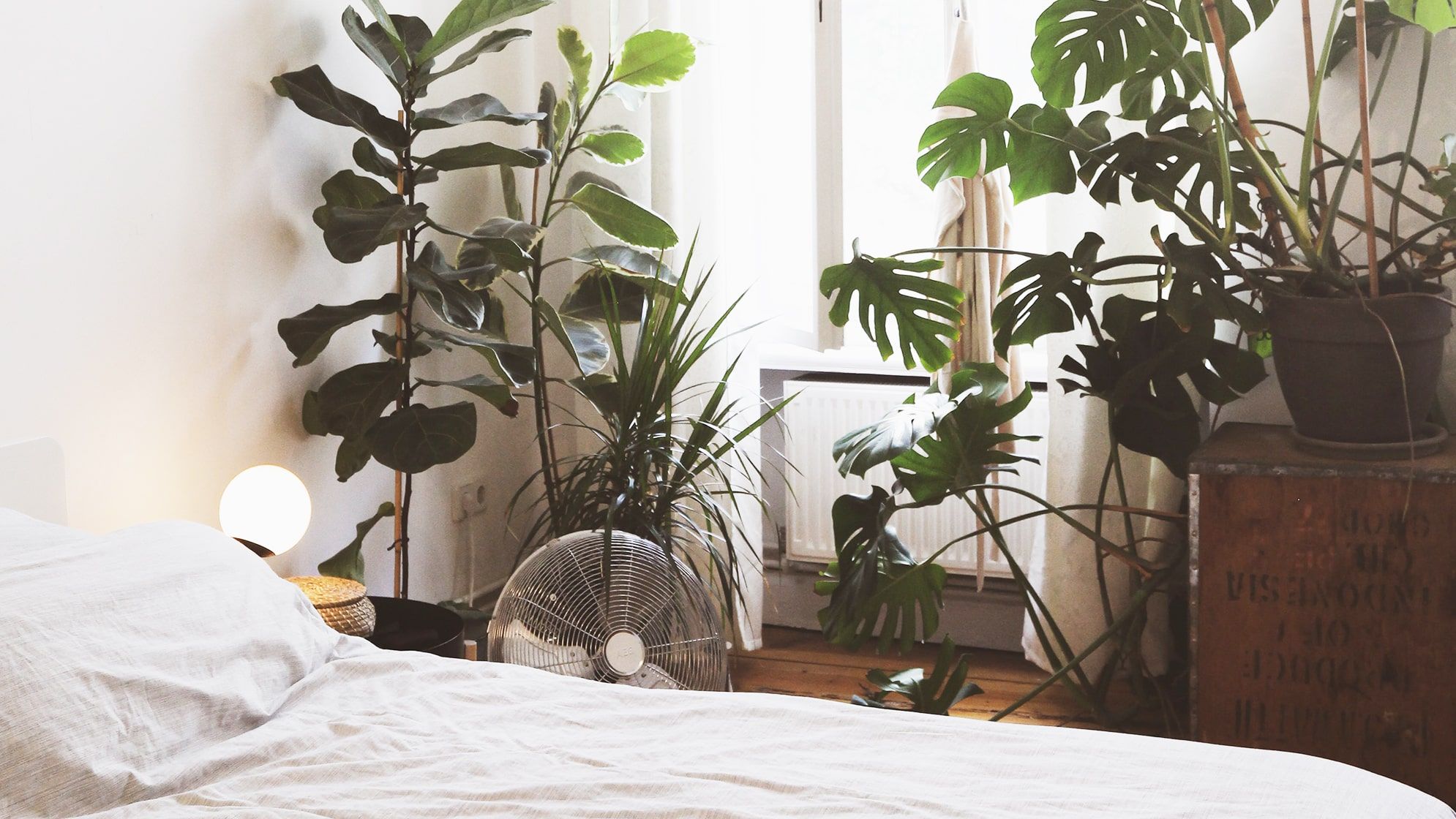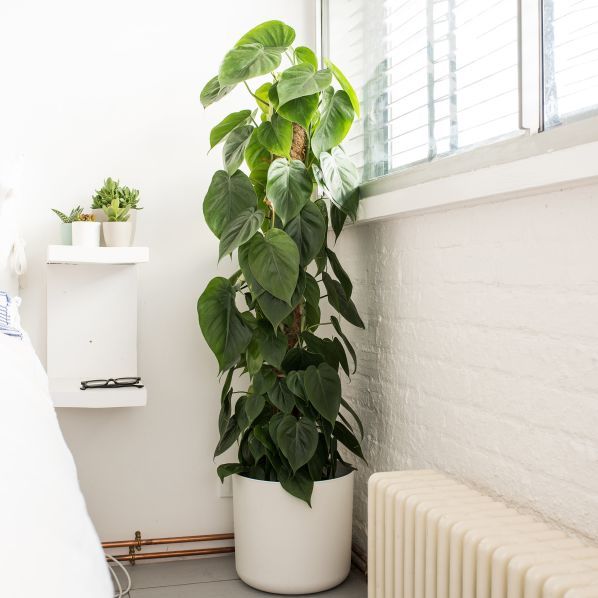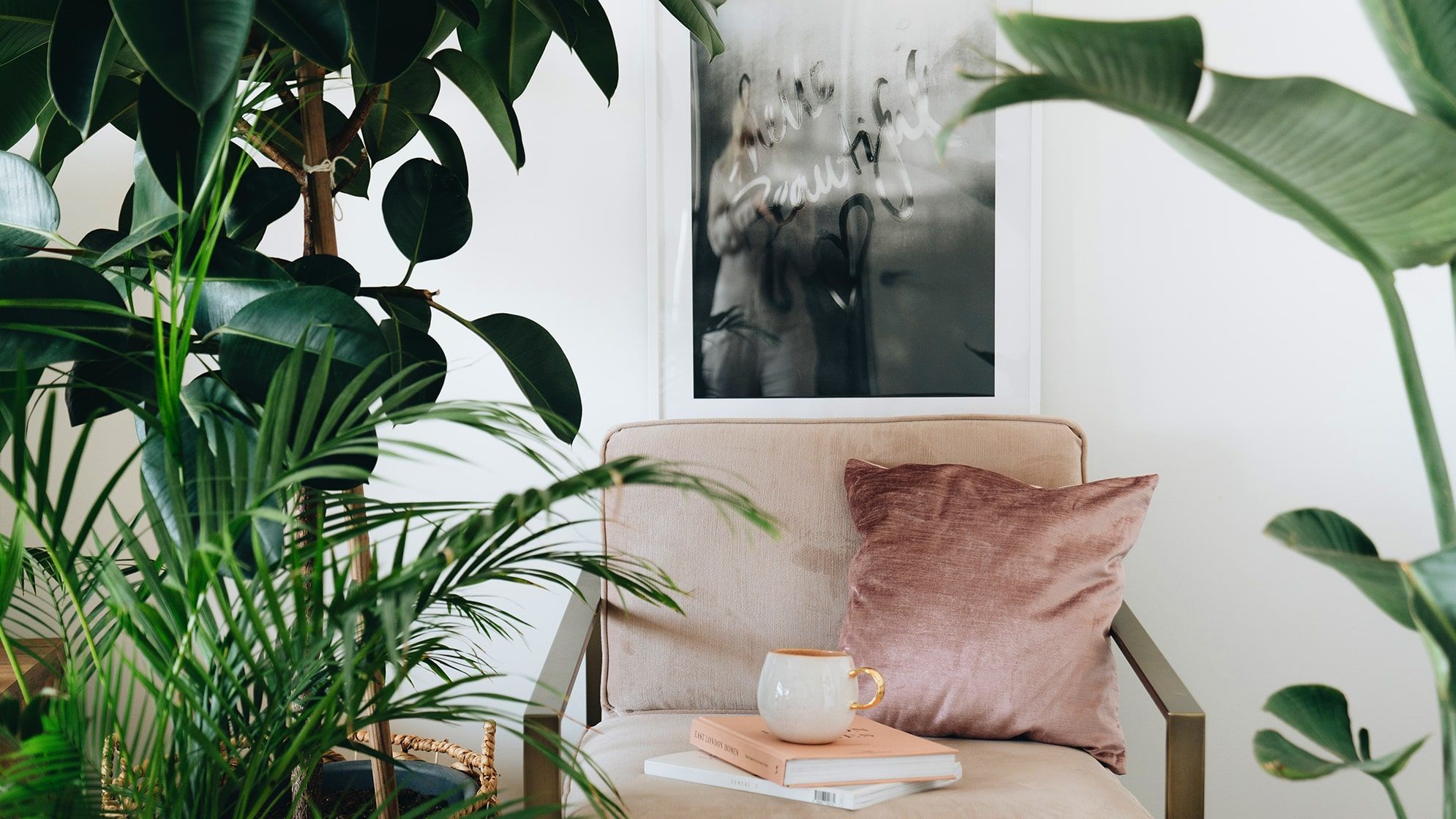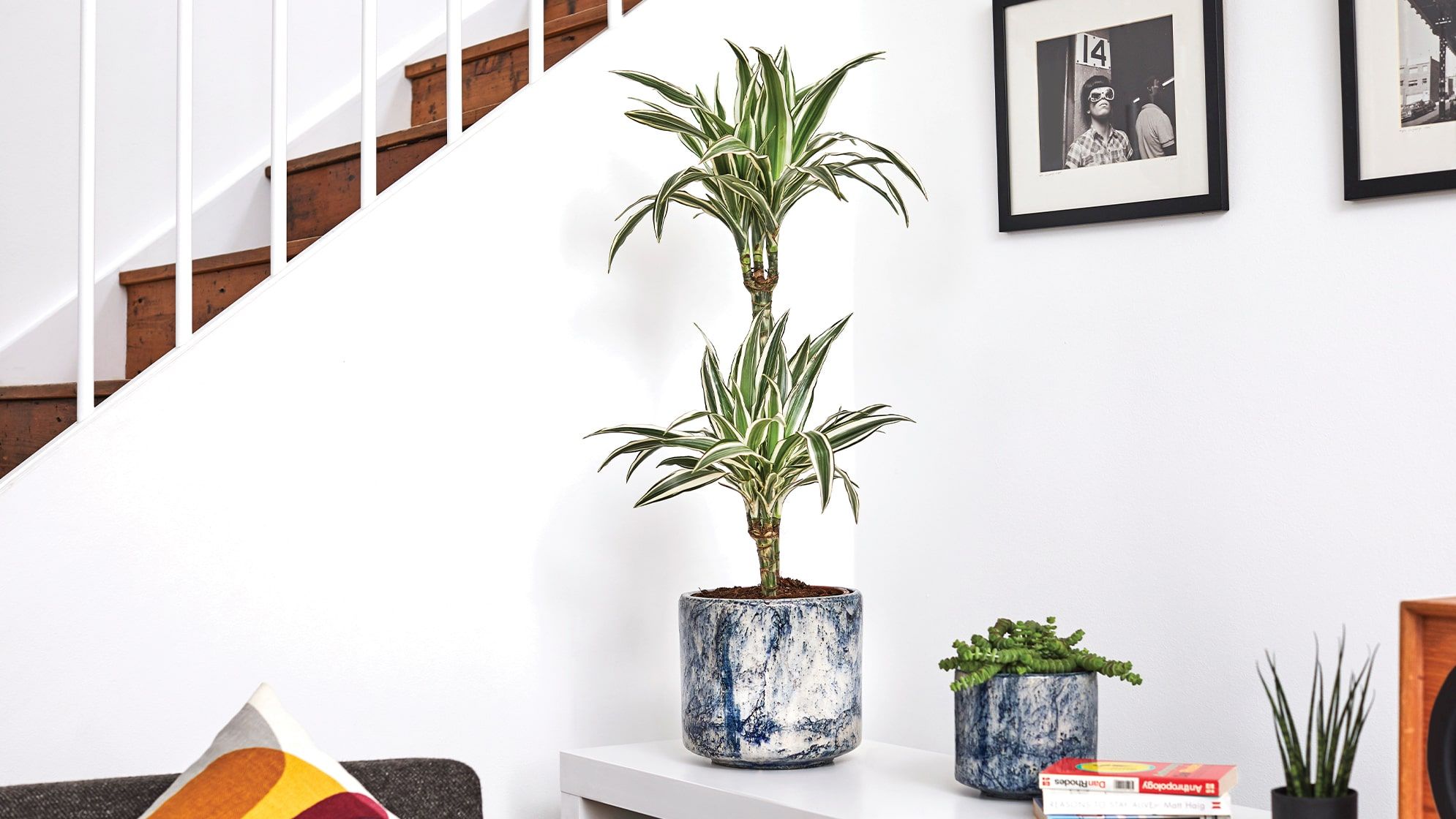How to train my indoor plants
Is your Monstera being mischievous? Is your Pothos having a party? Let’s instil a bit of order by managing their growth.

Why should I train my plant
Whether you already have a plant growing up a moss pole or you want to introduce one, they’re a great way of both displaying and supporting the growth of climbing plants like the Epipremnum or Pothos, Monstera, and Philodendron.
The reason we train these plants is not only because aesthetically it looks good, but because it actually helps them grow. What plants like the Epipremnum, Monstera and Philodendron (to name but a few) have in common, is that in the wild they climb up trees to reach the light. They attach themselves to the trunks and branches of large trees with aerial roots that also help them absorb moisture from the air and the surfaces they’re clinging to - a clever trick really!
This is why it’s a good idea to mist the pole and aerial roots of your climbing plants, rather than the leaves. And, it’s for this reason that we encourage you not to cut the long tendril-like roots of your Chaz off. Yes they can be untidy, but they’re really useful to your plant, so rather than giving them the snip, gather them together and tie them up into a loose bundle that can hang or rest amongst the leaves of your luscious jungle companion.


How to train my plant up an existing moss pole
If you’ve had your plant for a while one of two things is likely to be happening: it’s getting a bit threadbare at the bottom, or you’ve got loads of long unruly growth at the top.
First things first, select the healthiest new stems and wrap them around or even over the top of the moss pole, using one of your pins to secure them into a gap between the existing growth. It doesn’t matter if stems overlap and it doesn’t matter if the growing tip of a stem is now facing downwards. In fact, this is a good thing. Most plants have a built in chemical that encourages what we call ‘apical dominance’, which means that all its energy is directed straight up. By wrapping the stems around the pole you’re spreading this energy, which will encourage it to grow sideways rather than up.
Secondly, prune back any remaining new growth to just above a node - growing points where the leaves emerge from. Again, this will have the effect of redirecting the energy back down and along the stem, encouraging bushier growth and new growth from lower down the plant. A useful side hussle here is to propagate the tip cuttings you’ve just taken in a glass of water on a windowsil. Once these have rooted you can them plant them back in this pot, starting to train new your new plants in from the base.

How to start training my plant up a moss pole
Before you get training, you need to buy yourself a pole. They’re commonly called moss poles but actually, they’re seldom mossy at all - confusing, right? More often than not they’re a sturdy plastic pole covered in coconut fibre. A newer and more sustainable option however is the kratiste pole, which is made from potato starch and grass. If you get a coconut fibre or moss pole you’ll need floristry pins for attaching the plant to it. A kratiste pole should come with clips that fit neatly into pre-made holes. The other thing to note is that poles came in different lengths, so choose one that matches the height of your plant, with a bit of room to grow.
Most poles have a tapered end, and it is this that you push down gently into the soil, ideally in the centre of your pot. If you feel a bit of resistance and break through some roots, don’t worry, this will only encourage new root growth. It needs to be sturdy so you may need to firm the compost around it. You can then start attaching the stems of your plant to the pole. For a Pothos or Philodendron, you’ll use clips or pins, but for a thicker stemmed plant like a monstera, you’ll need to use string, jute or flexi-tie.
Position the side of the stem that the roots are growing from, against the pole. The roots will eventually grow into and attach themselves to it. If you have multiple stems, train them up all sides of the pole if possible, as this will provide full coverage and distribute the weight of the plant more evenly. Otherwise you may end up with the leaning tower of Pisa! Rather than training the stems straight up, see if you can wrap them around the pole instead. This will encourage growth lower down the stem.
Training plants is an ongoing and fun job, and it allows you to get up and close and personal with your plant as a living and growing companion. One can’t help but feel proud!
Climbing plants
Rewild your inbox
Plant tips. Special offers. No spam.
You might like

How to stop a plant getting too big
Because bigger isn’t always better

Complete guide to pruning
A regular haircut keeps plants neat

Big ideas for plants in small rooms
Because urban jungles come in all sizes





















